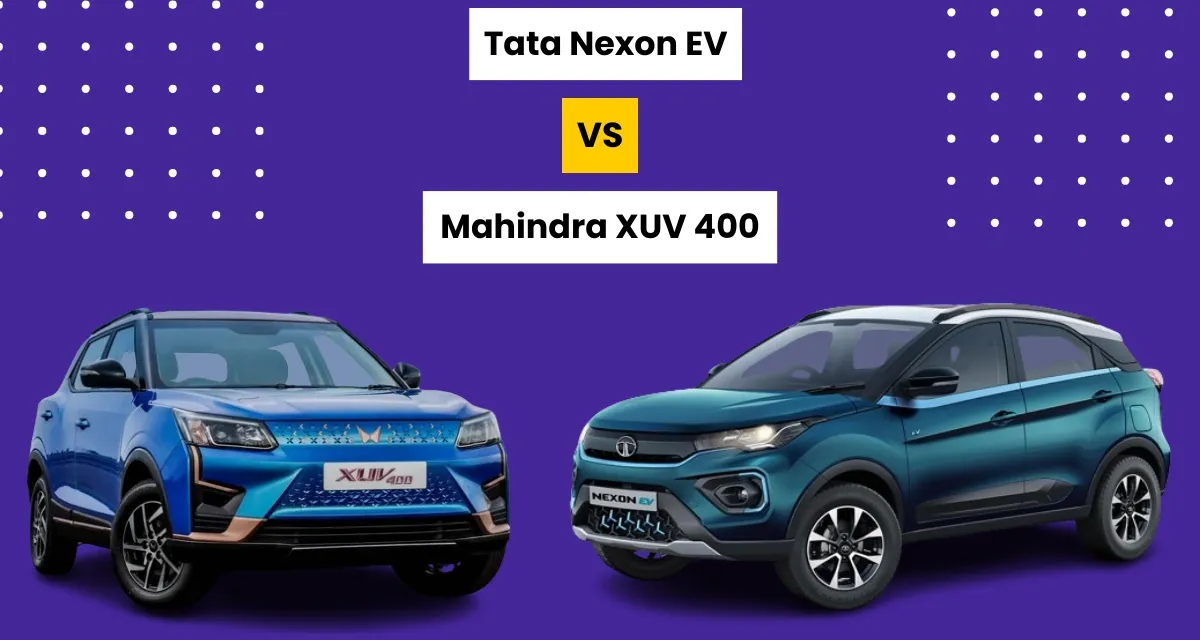

The two main competitors in India's electric SUV market are the Tata Nexon EV and the recently unveiled Mahindra XUV400 Pro version. Their performance and characteristics have previously been discussed, so let's move on to the more useful topic of their actual driving range. This article will contrast how well these two electric SUVs perform in everyday driving situations.
The Mahindra XUV400 EL Pro version and the Tata Nexon EV long-range are our competitors for the real-world range comparison. The XUV400 has a somewhat smaller 39.5kWh battery pack than the Nexon EV, which has a 40.5kWh battery pack. Their respective outstanding ranges of up to 465 km and 456 km are claimed by both.
Until the car batteries were completely dead, we drove both of these SUVs on a predetermined route in our test, simulating moderate to heavy city traffic and some interstate driving. When it came to stopping, the Nexon EV travelled 296 km, whereas the Mahindra XUV400 Pro got 256 km out of a single completely charged battery.
Let's now analyse the data to comprehend how each electric SUV performs in practical situations.
Equipped with a 40.5kWh battery pack.
Claimed range of up to 465km.
Covered a distance of 296km in our real-world test.
Practical for daily commuting and longer drives with a substantial range.
Comes with a slightly smaller 39.5kWh battery pack.
Claims a range of up to 456km.
Traveled 256km in our real-world test.
Offers a commendable range suitable for various driving needs.
It is clear from comparing the two that, in terms of practical range, the Tata Nexon EV performed better than the Mahindra XUV400 Pro. When selecting an electric SUV, it is important to take into account additional considerations including driving conditions, personal preferences, and the availability of charging infrastructure.
For those looking for an electric car with a longer range that can be used for both everyday commuting and longer trips, the Tata Nexon EV is a dependable option. However, even if it travelled a little less in our test, the Mahindra XUV400 Pro still offers an excellent range for a variety of driving needs.
Developments in battery technology and charging infrastructure will be critical as the market for electric vehicles grows. In the future, consumers may anticipate even more competitive and efficient electric SUVs that can accommodate a wider variety of driving situations and preferences.
In conclusion, the Mahindra XUV400 Pro and Tata Nexon EV both add to India's expanding fleet of electric cars by providing consumers with practical and environmentally responsible options for their mobility needs. The decision between them ultimately comes down to personal preferences, highlighting the significance of taking intended usage, charging infrastructure, and real-world performance into account when making an informed choice.
Also Read: Honda files Patent, hinting EVs could come with extra storage space